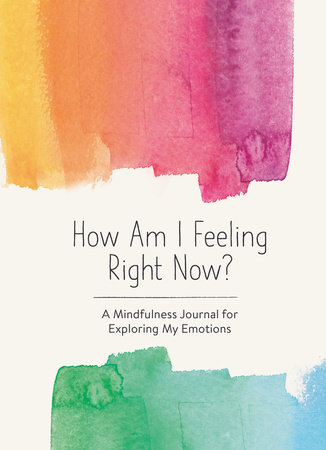Being able to recognize and name your feelings is an essential skill for learning how to practice mindfulness. There is a lot of talk about mindfulness as an important aspect of mental health, but what exactly is it?
Mindfulness is the ability to notice what you are feeling in any given moment, and to be aware of your feelings without judging, changing, or suppressing them.
The first part,
noticing what you are feeling in the moment, is trickier than it may seem, because many of us have difficulty identifying what we are feeling. One reason for this is that it’s not always easy to find the right words. When asked “How are you feeling right now?” we may struggle for something to say—indeed, our main feeling might be that we are literally at a loss for words. In that case, we may resort to a vague response like “I’m fine” or “Everything’s OK.” Sometimes we feel overwhelmed by the complexity of our feelings, and instead of trying to say what we are feeling, we go with an easier option and describe what we are doing, such as “Oh, I’m super busy.” Other times we might avoid trying to sort through all the emotions and choose instead to report on our physical state, for example, “I’m sleepy.”
It is easier to tap into what we are feeling and express it if we have the words available—our own vocabulary of feelings. Words, after all, are essential tools for recognizing and describing what we feel.
The second part,
being aware of your feelings without judging, changing, or suppressing them, is also challenging for most people. Not all feelings are easy to deal with; sometimes they are confusing, surprising, distressing, intense, or otherwise difficult. Learning to accurately describe those feelings is the first step toward being able to just coexist with them. Fortunately, it gets easier the more you do it.
This guided journal is designed to help you with both aspects of mindfulness. It has two main features—a list of hundreds of words to help you describe your feelings, and a set of guided prompts to help you examine, explore, get used to, understand, and accept those feelings.
Copyright © 2023 by Books, Spruce. All rights reserved. No part of this excerpt may be reproduced or reprinted without permission in writing from the publisher.




















